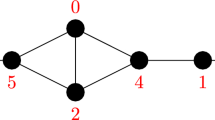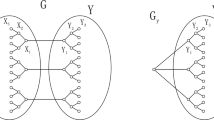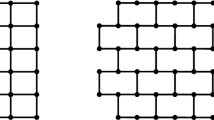Abstract.
Triangulation of planar graphs under constraints is a fundamental problem in the representation of objects. Related keywords are graph augmentation from the field of graph algorithms and mesh generation from the field of computational geometry. We consider the triangulation problem for planar graphs under the constraint to satisfy 4-connectivity. A 4-connected planar graph has no separating triangles, i.e., cycles of length 3 which are not a face.
We show that triangulating embedded planar graphs without introducing new separating triangles can be solved in linear time and space. If the initial graph had no separating triangle, the resulting triangulation is 4-connected. If the planar graph is not embedded, then deciding whether there exists an embedding with at most k separating triangles is NP-complete. For biconnected graphs a linear-time approximation which produces an embedding with at most twice the optimal number is presented. With this algorithm we can check in linear time whether a biconnected planar graph can be made 4-connected while maintaining planarity. Several related remarks and results are included.
Similar content being viewed by others
Author information
Authors and Affiliations
Additional information
Received August 1, 1995; revised July 8, 1996, and August 23, 1996.
Rights and permissions
About this article
Cite this article
Biedl, T., Kant, G. & Kaufmann, M. On Triangulating Planar Graphs under the Four-Connectivity Constraint. Algorithmica 19, 427–446 (1997). https://doi.org/10.1007/PL00009182
Issue Date:
DOI: https://doi.org/10.1007/PL00009182




